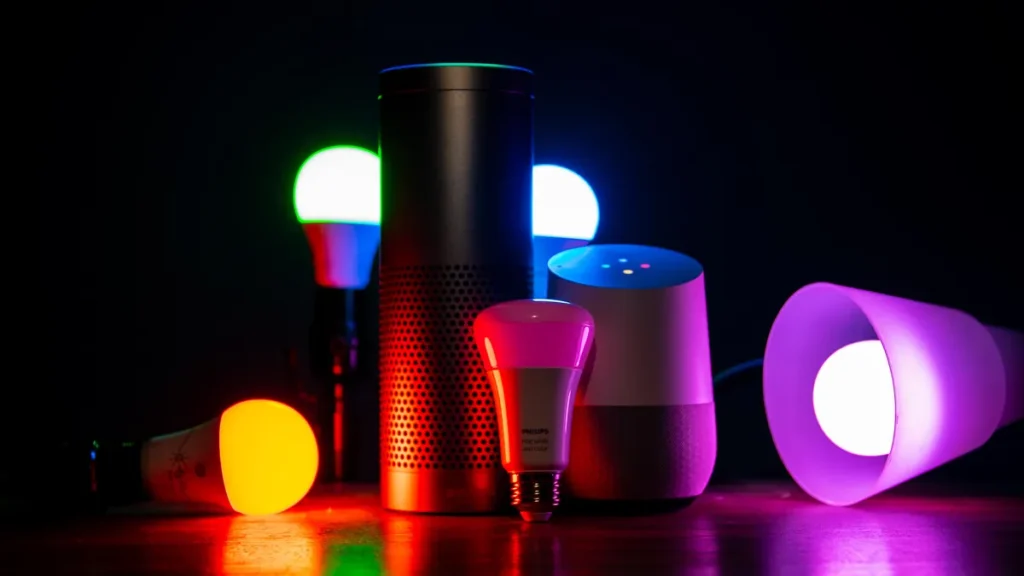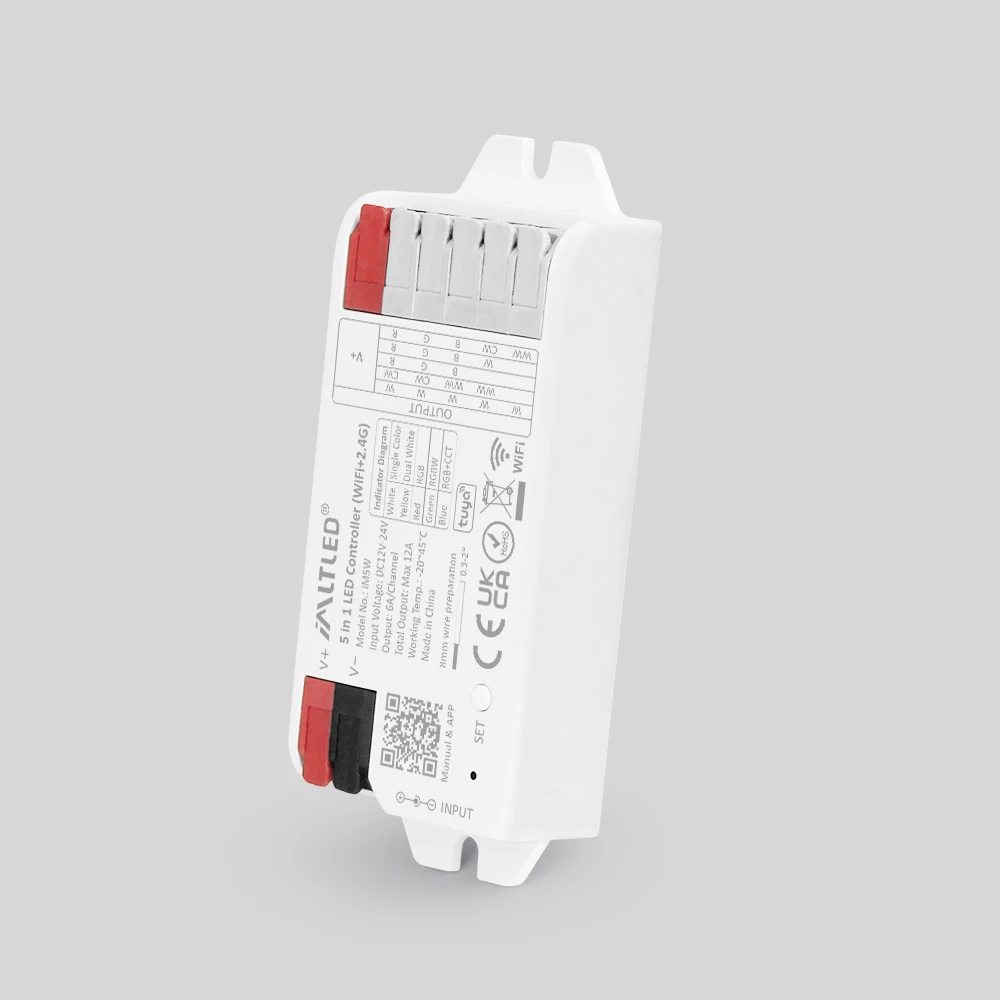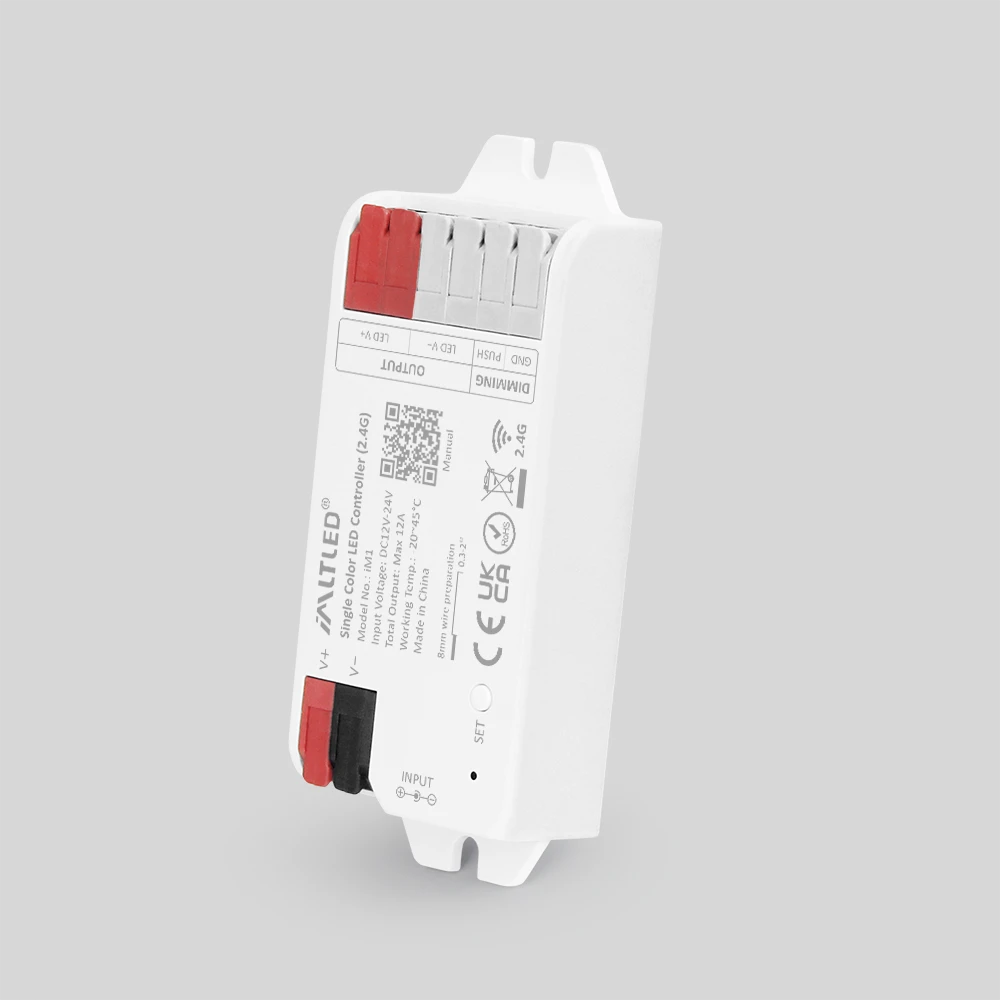As the world becomes increasingly interconnected through advancements in technology, smart lighting control systems are emerging as pivotal components in both residential and commercial settings. These systems not only enhance convenience and efficiency but also contribute significantly to energy savings and creating dynamic environments. In this blog post, we will delve into the intricate composition of smart lighting control systems, exploring their various components, functionalities, and underlying technologies. umaax.com
1. Sensors: The Eyes of the System
At the core of any smart lighting control system are sensors. These devices gather critical information about the environment, enabling the system to make real-time adjustments. There are several types of sensors utilized within smart lighting systems:
a. Motion Sensors
Motion sensors detect movement within a designated area. They are particularly valuable in spaces such as offices, hallways, and restrooms, where lighting is needed only when the area is occupied. By automatically turning lights on or off based on detected motion, these sensors contribute significantly to energy efficiency.
b. Ambient Light Sensors
These sensors measure the light levels in a given space and adjust artificial lighting accordingly. For example, if the ambient light increases due to daylight streaming in through a window, the system can dim the artificial lights to maintain a consistent illumination level, thus conserving energy.
c. Temperature and Humidity Sensors
In more advanced applications, environmental sensors that monitor factors such as temperature and humidity may also be integrated. By linking lighting to environmental conditions, users can improve comfort levels and energy efficiency.
2. Control Units: The Brain of the System
The control unit serves as the central processing unit of a smart lighting control system. It interprets data from the sensors and executes commands to adjust the lighting based on predetermined settings and user preferences.
a. Smart Hub
A smart hub or gateway acts as a conduit between the different components of the lighting system, allowing for seamless communication among devices. It can connect to various smart home ecosystems, enabling users to control lighting through centralized applications or voice commands.
b. User Interface
The user interface is essential for allowing end-users to interact with the lighting system. This can take the form of mobile apps, wall-mounted control panels, or voice-activated devices such as Amazon Echo or Google Home. A well-designed user interface is intuitive and enables users to set preferences, create schedules, and monitor energy usage efficiently.
3. Smart Lighting Fixtures: The Hardware of Illumination
Smart lighting fixtures are pivotal in facilitating intelligent lighting control. They are designed to work in tandem with sensors and control units and come equipped with advanced technologies.
a. LED Technology
Most smart lighting systems utilize LED technology due to its energy efficiency, longevity, and adaptability. Unlike traditional incandescent bulbs, LEDs consume significantly less power and can produce the same luminosity, making them an economically viable option for smart lighting.
b. Tunable White and RGB Lighting
Modern smart lighting fixtures may include tunable white capabilities, allowing users to adjust the color temperature of the lights (from warm to cool) to align with specific tasks or moods. Additionally, RGB (red, green, blue) lighting systems offer full color customization, enabling users to create virtually any hue or ambiance needed.
c. Dimming Capabilities
Many smart lighting systems are designed to be dimmable. Users can easily adjust brightness levels according to their needs, contributing to comfort while simultaneously conserving energy when full illumination is not necessary.
4. Communication Protocols: Establishing Connectivity
For a smart lighting system to operate effectively, reliable communication between its components is essential. Various communication protocols facilitate this interaction, allowing different devices to work together seamlessly.
a. Wi-Fi
Wi-Fi-enabled lighting systems allow users to control their lights remotely through internet connectivity. This offers flexibility, enabling users to manage their lighting from anywhere via mobile apps. However, they rely on a stable internet connection.
b. Zigbee and Z-Wave
Zigbee and Z-Wave are low-power communication protocols specifically designed for home automation. They allow devices to operate efficiently over longer distances and consume less power than traditional Wi-Fi connections. These protocols are particularly useful in larger installations where devices may be situated far apart.
c. Bluetooth
Bluetooth technology offers another option for proximity-based control, allowing users to connect directly to their lighting systems via smartphones and tablets. While typically limited in range, Bluetooth provides a simple and cost-effective solution for smaller spaces.
5. Integration with Smart Home Ecosystems
The true power of smart lighting control systems is realized when they are integrated into larger smart home or building automation systems. This allows for a cohesive approach to controlling various functions within a space, maximizing efficiency and user convenience.
a. Automation and Scheduling
Integration enables advanced automation features. For instance, users can set schedules for lights to turn on or off based on their routines or link lighting control to other smart devices, such as thermostats and security systems. For example, lights can be programmed to illuminate upon detecting a security breach or to gradually brighten in the morning to simulate a natural sunrise.
b. Voice Control
With the integration of voice assistants like Amazon Alexa, Google Assistant, or Apple HomeKit, users can operate their lighting systems hands-free. This adds an additional layer of convenience, particularly in situations where immediate physical access to a control interface is not possible.
c. Energy Monitoring
Some smart lighting systems offer energy monitoring features, allowing users to track usage over time. This data can empower users to make informed decisions about their lighting practices and identify opportunities for further energy savings.
Conclusion
As technology continues to evolve, smart lighting control systems represent a significant leap forward in how we manage our environments. Their composition—comprising sensors, control units, lighting fixtures, communication protocols, and ecosystem integration—works in harmony to deliver a user-friendly, efficient, and adaptable solution for addressing modern lighting needs. As the demand for sustainability and energy efficiency grows, the adoption of smart lighting systems is likely to rise, promising not just improved convenience but also a reduction in overall energy consumption and a move towards more intelligent living and working spaces.
Understanding the various components that constitute smart lighting control systems equips consumers and professionals alike with the knowledge needed to harness these technologies effectively and strategically in their applications.


